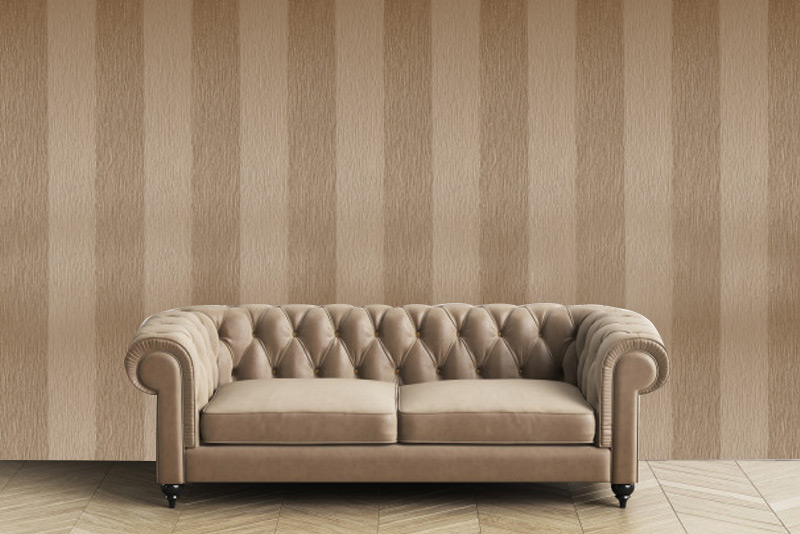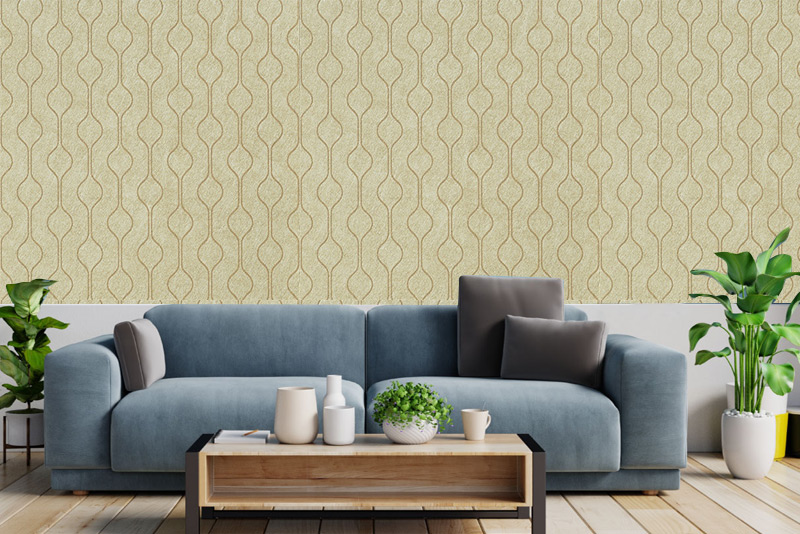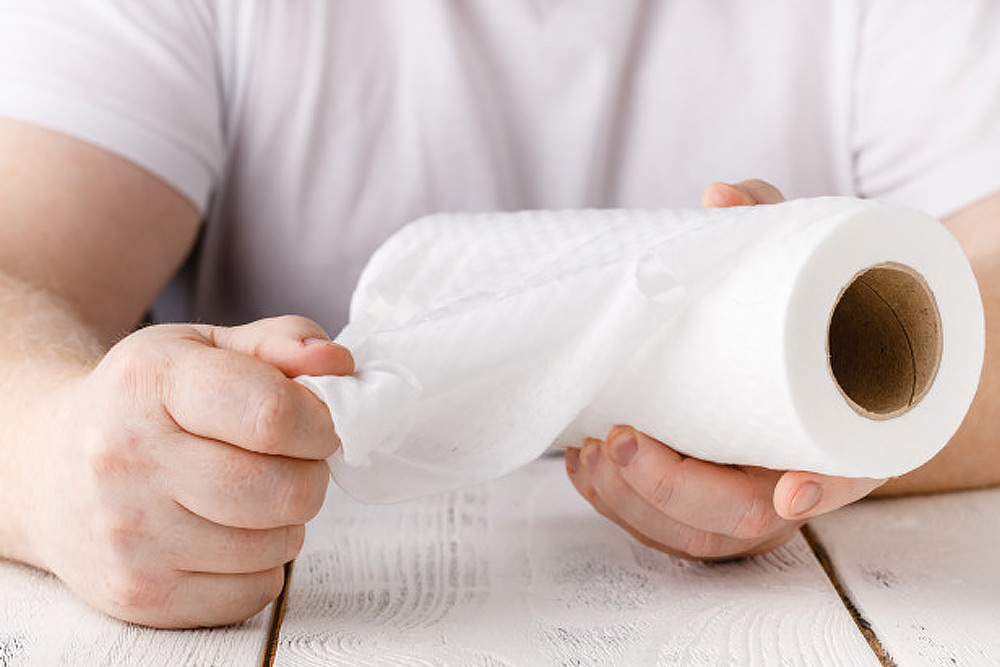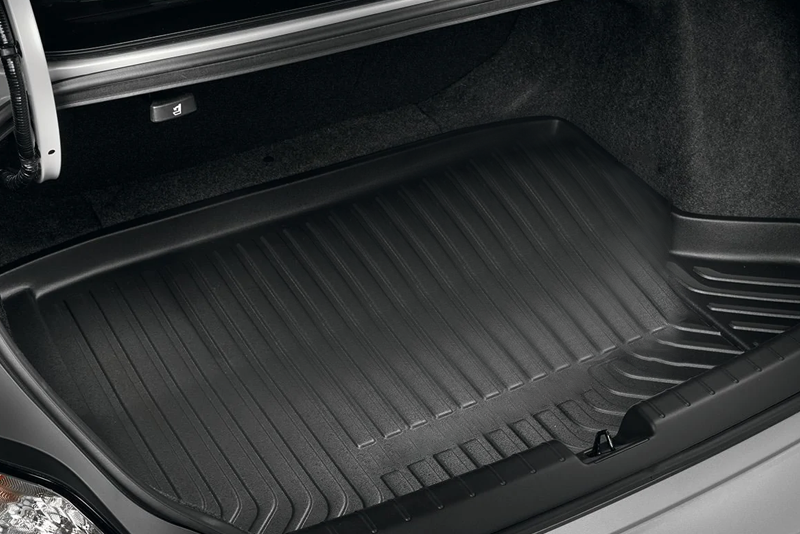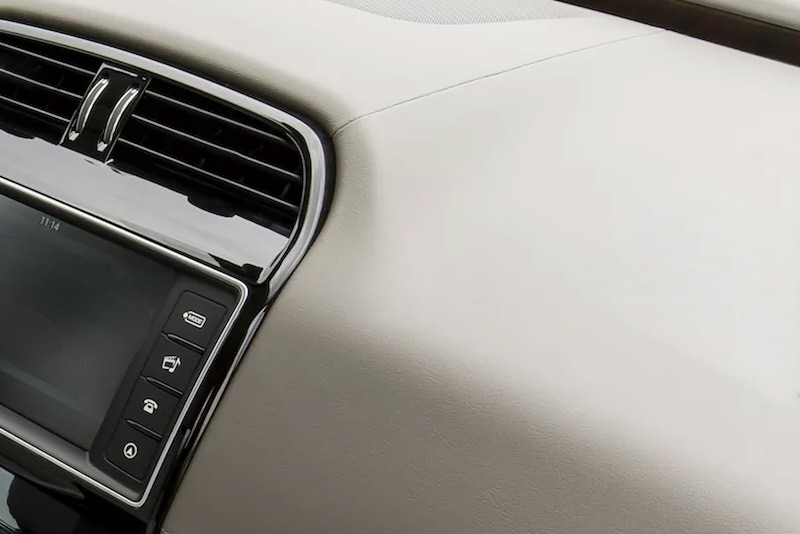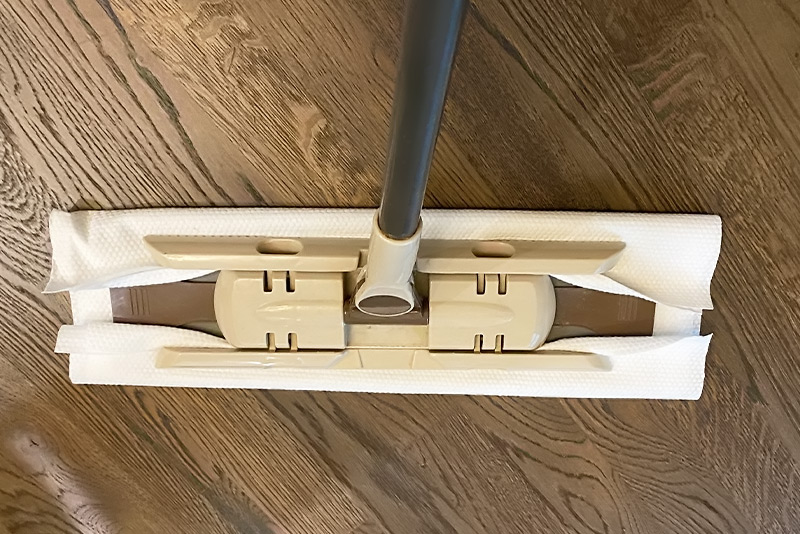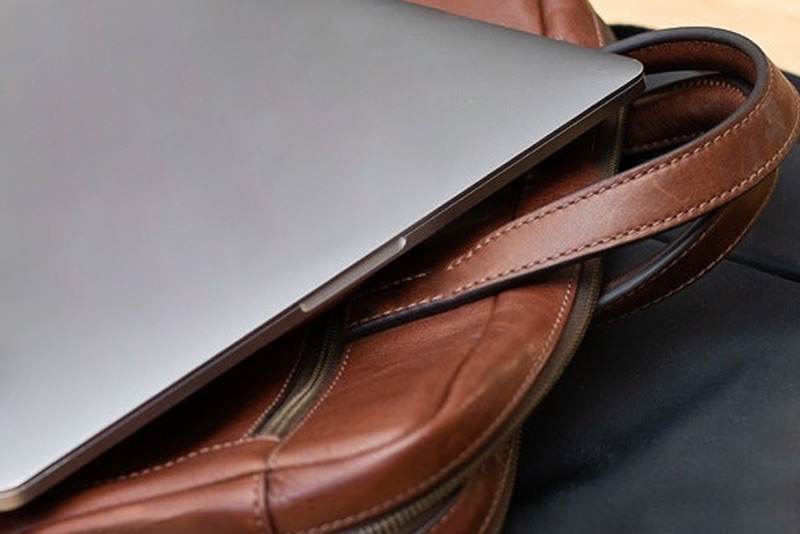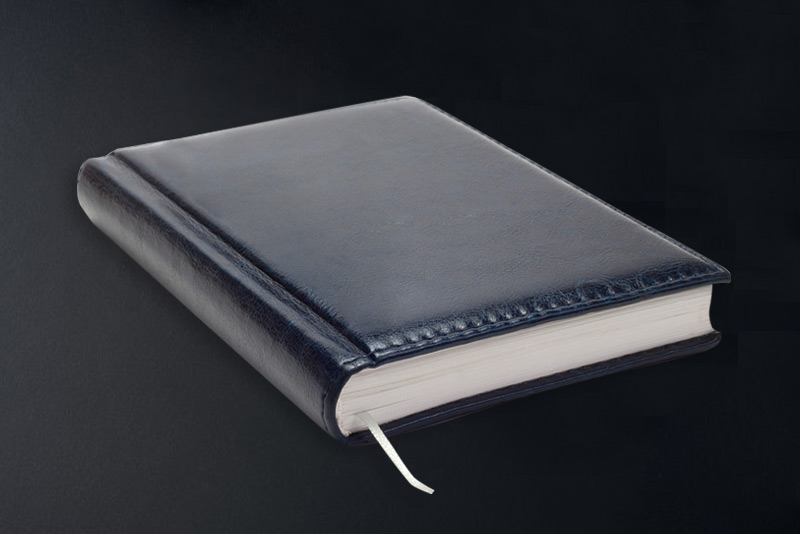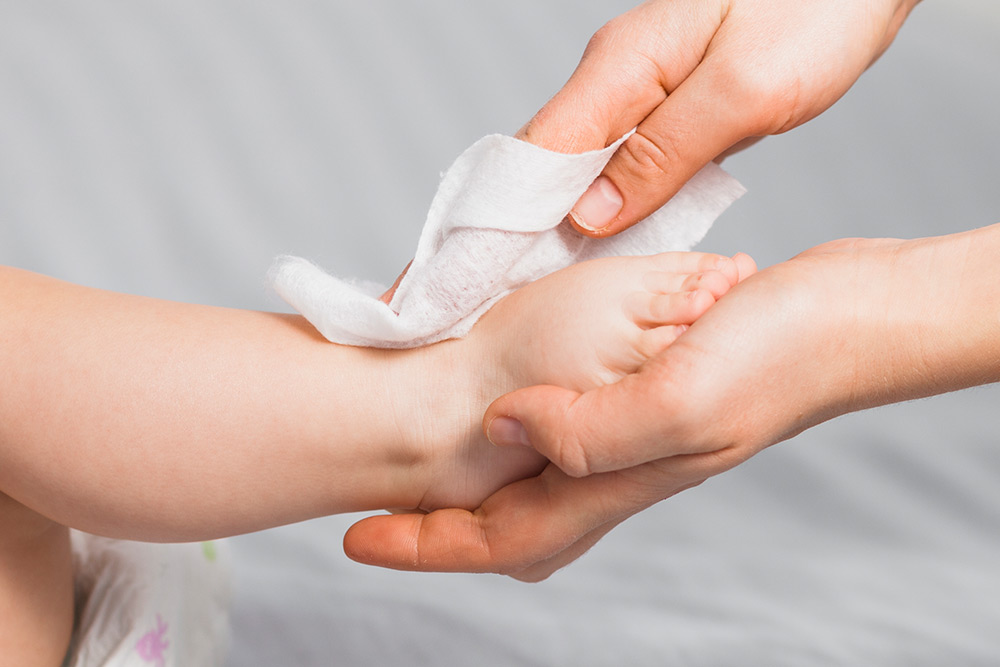Nonwoven wall fabric is a relatively new wallpaper substrate that has revolutionized the industry since it was introduced over a decade ago. It is made from a mixture of cellulose and synthetic textile fibers that are compacted, giving it high dimensional stability while also being highly resistant to mildew and mold growth.
It is also breathable and easy to clean, making it an excellent alternative to paper wallpapers in areas where moisture can cause problems. It is also much easier to hang than traditional paper-based wallpaper, as you don't have to wait for the paste to soak into the paper before beginning work. This is especially helpful if you are working on an upper floor and have to hang the wallpaper while still standing on a ladder.

The most common raw material for nonwoven wallpapers is cellulose, which is made from chopped and chemically treated industrial or plantation wood. It is often combined with polyester, which is usually produced from recycled plastics or petroleum byproducts. Fungicides, which reliably kill fungi or their spores, are sometimes integrated into dyes and coatings. Nonwoven wallpapers must be free of organohalogen compounds, which are toxic chemicals that include bromine, iodine and chlorine and may trigger allergies or even lead to cancer.
Other raw materials for nonwovens include straw, bamboo and cotton fibers. For synthetic fibers, a variety of processes can be used, from wet-chopped, denier-sized polyethylene to melt-blown thermoplastic such as the polyethylene found in Tyvek and similar products. Fiberglass nonwovens use wet-chopped, flame attenuated or cellulose-based fibers that are bonded with resin in a curtain coater, a process similar to that of papermaking.
A variety of functional additives can be used in the production of nonwoven fabrics, including but not limited to: liquid repellence, fire retardancy, acoustic insulation, filtration and the formation of bubbles. The addition of these functionalities can create fabrics with specific performance characteristics that are suited for specific applications.
Besides being used for wallpaper, nonwovens are used in a wide variety of other industries, such as automotive, construction, food packaging, hygiene and medical applications. Increasingly, however, these textiles are also used for security and protection against bombs and other explosive devices. The blast-resistant capability of the nonwoven is due to its fibre structure, which can expand when subjected to pressure, absorbing the shockwave and trapping glass and other debris.
Nonwovens are a versatile material with countless uses, and the technology is growing rapidly. For example, it is now possible to produce electrically conductive nonwovens, which can be integrated with an under pad and provide floor heating without the need for a radiator. They are also being incorporated into blast-resistant curtains and burglar-proof blinds. The fibres can absorb the shockwave and pressure generated by a blast, while simultaneously catching glass, allowing the curtains to act as a protective shield for the building interiors, protecting the occupants from injury and property damage. This type of fabric could also replace conventional interior wall insulation, providing a safer and more environmentally-friendly option.


 English
English 简体中文
简体中文 日本語
日本語
